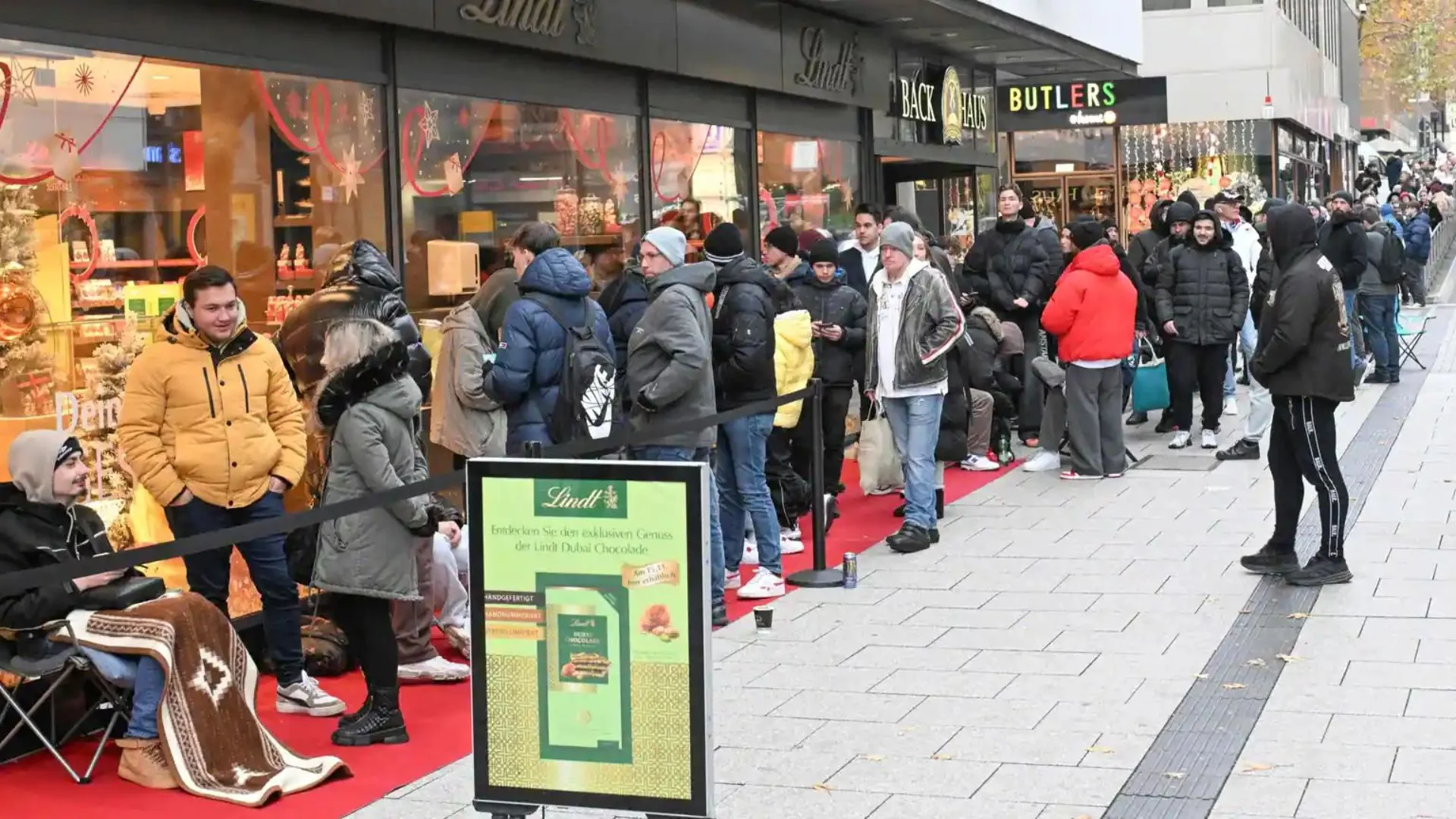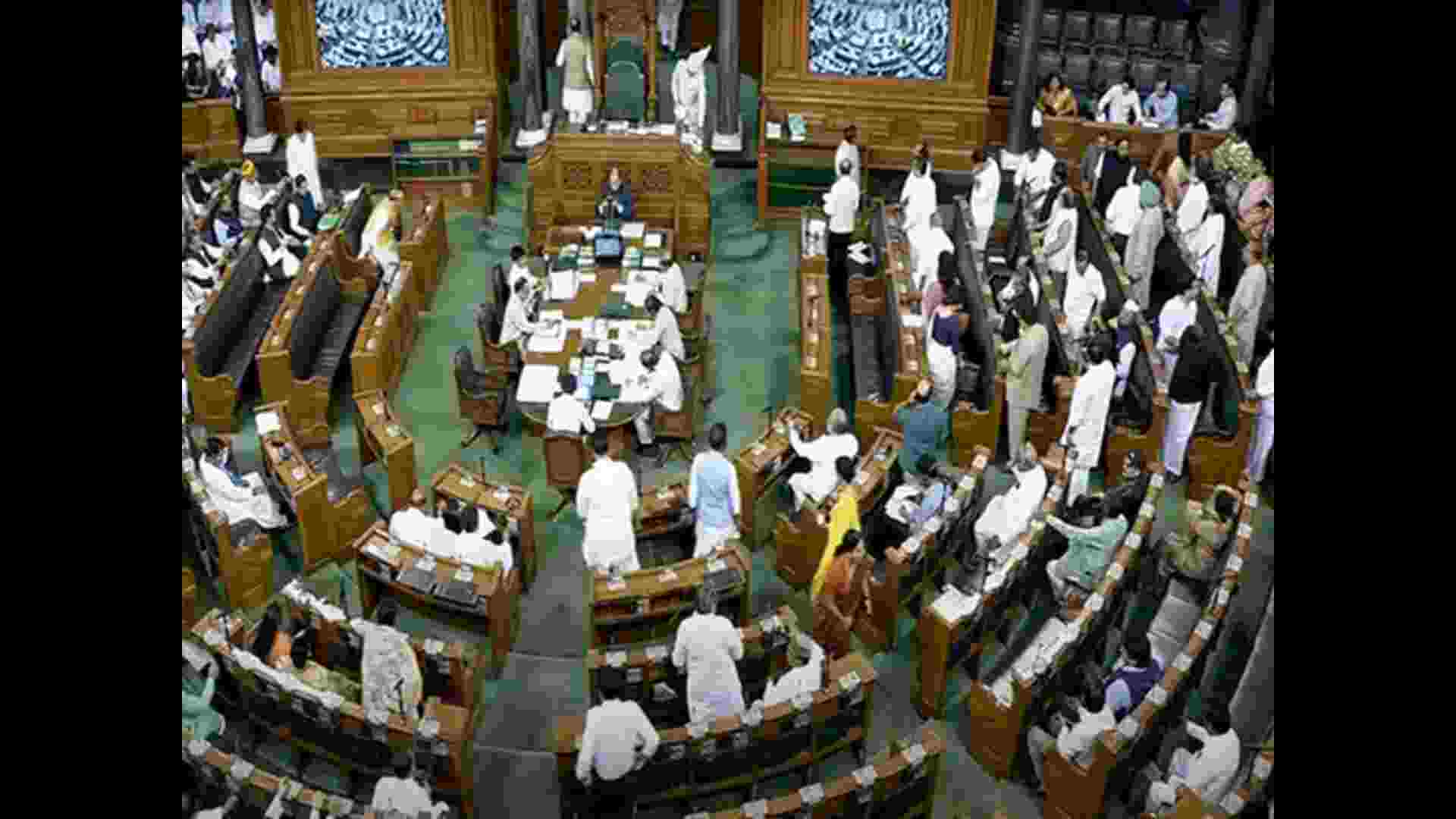One of the studies published in 2019 equated the city-dweller’s activity of inhaling air pollution to smoking a pack of cigarettes each day for 29 years. This is supposedly the indication for the health of our lungs alone, without saying much about the impact on the rest of our body. Invariably, the global perception is, those staying in cities automatically have a better health. And this emerges from the fact that for a person who is unwell, anything and everything is available at a stone throw away distance, be it doctors, health facilities, medication and transport. If this was really true, there would not be an increasing concern amongst both the policy makers and the program implementers about the health of our cities. To begin with, it is observable, just as is the case of wealth, there is also a great deal of inequity in the distribution of good health. Many urban neighbourhoods not only experience health outcomes worse than those in rural areas, but also face a lot of other brunt which is embedded in this very inequity. The link between health and social inequality is indeed a key focus of the ‘social determinants’ approach to health, spear-headed by WHO’s Commission on the Social Determinants of Health. This perspective clearly advocates that health is not only determined by individual factors, such as our age, sex and genetic characteristics, but also by our social status and the conditions in which we live.
If only we were questioned, whether our neighbourhood made us happy or sad, less likely that we had understanding of the answer. We may or may not think of greenery, fresh air, and social relationships like we do in our villages, cause we have forgotten that all this exists. Is it so difficult to imagine a community in our cities where nature is abundant, water is not contaminated, air pollution does not threaten us, and we do not feel lonely, depressed or anxious? While 2020 taught us that there is still a lot to be done, we are not yet tuned to build an urban environment that nurtures health, or contributes profoundly to our well-being.
By and large, early civilisations were founded in places where water and food were available. No sooner, the element of densification came in, changing living conditions, making cities vulnerable to health problems. We are now residing in the world where for the first time in history, there are more people living in urban areas than in rural areas. And today, the best of our cities are not really the best places to live, rather these are the greatest breeding grounds for infectious diseases such as flu, typhoid, and tuberculosis. At the same time, a lot is being talked about the urban lifestyle and its negative impact on health. A few years ago, the conversations that the last years of our lives, assumably the decades beyond sixties and seventies in cities, are spent in fighting cardiovascular diseases, diabetes, cancer, respiratory diseases, and mental health conditions, have changed for worse. These last years are no more restricted to old age, but to all ages. Similarly, the bustling sounds of a big city, often considered as a ‘sign of life’ is no good thing. It not only leads to noise-induced hearing loss, but can also be a source of annoyance and stress, affecting sleep patterns, and weakening cognitive performance.
Many of the fastest growing cities in India are struggling to deal with varied health problems and are confronted with newer challenges every passing day, ailments partly attributable to the way in which we have arranged our cities, the means of transport that service them and the lifestyles we have adopted. The last two decades have even compelled us to define ‘urban stress’ as: a state of bodily or mental tension developed through city living, or the physical, chemical, or emotional factors that give rise to that tension. It is well-acknowledged that experiencing stress over time, has a negative effect on the body, as the immune system gets suppressed, and then the body is focused on surviving instead of thriving. What this urban stress actually is? It is nothing but the built environment which we have created for ourselves. Are we still waiting for more evidence which will show that nature and green open spaces alleviate our stress by calming us down? Have we still not understood that housing is not just about protection from heat, cold, noise, rain or dust, but has a lot to do with water, sanitation, safe environment and prevention of overcrowding. Inequalities in income, employment and housing definitely contributes to health inequity, evidence reflects those who live in more affluent areas can enjoy up to 19 more years of healthy living compared to those in more deprived areas.
Efforts are being made in our country too, by bringing urban actors, the developers, residents, communities or politicians themselves into the equation, so that there is adherence to the recent conceptualisation of city which prioritizes ‘liveability’. Designing urban environments where people can easily be physically active as part of their daily lives, and have access to affordable healthy foods, can be a significant part of the solution to decreasing the burden of chronic diseases. Similarly, enhancing ‘walkability’ by making roads that are easier and more convenient for pedestrians to walk; along with street lighting and connectivity can bring about a positive impact.
While we know that urban neighbourhoods are capable of offering secure housing, good local employment opportunities and a sense of tight knit community and security – all of which are good for our health, in reality we are witnessing that urban spaces have become synonymous with risks of insecure housing, noise, traffic accidents, fear of crime, and social isolation. The potential however needs to be understood. More healthy the city-dwellers become, better are their chances of being creative and forthcoming, and brighter is the possibility of their contribution to make the city a vibrant place to live in!
Dr Benazir Patil is the Chief Executive Officer of SCHOOL.















